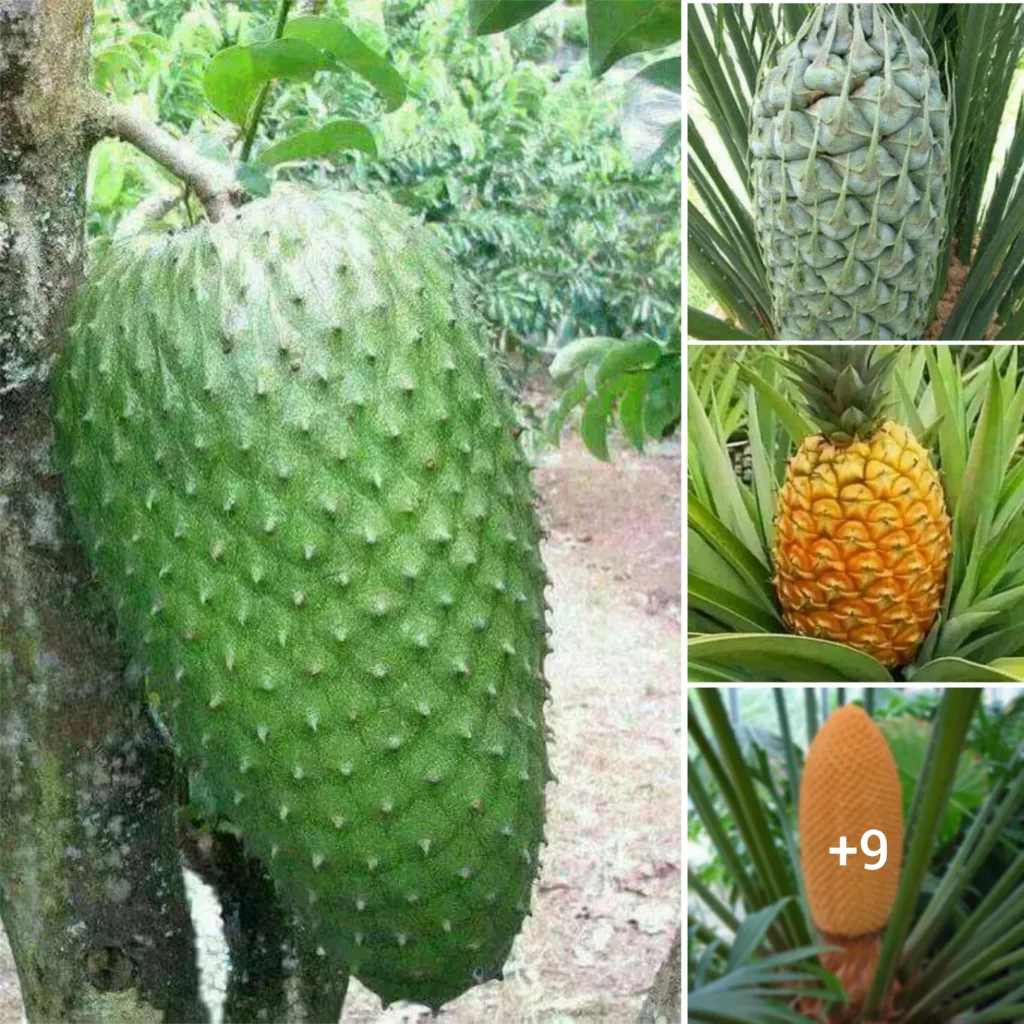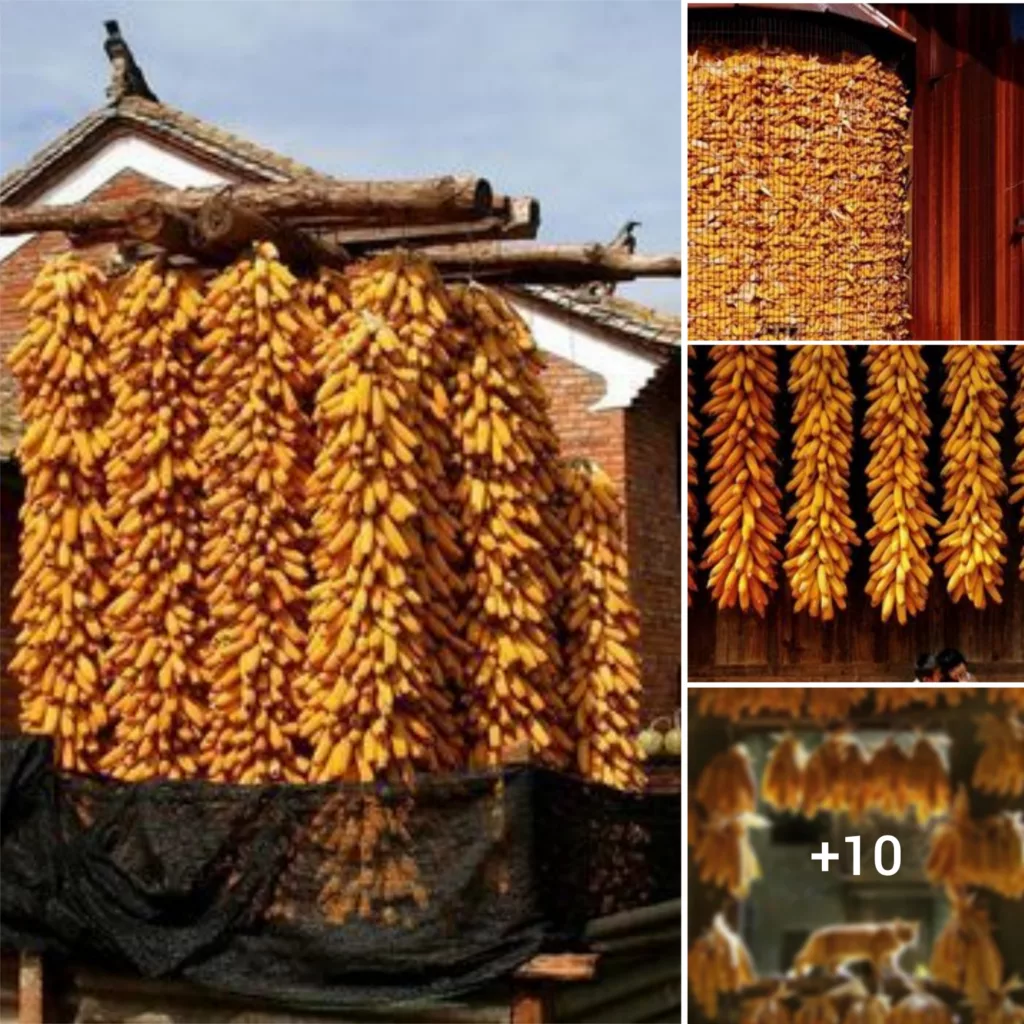The vast and diverse landscapes of the Americas are home to an extraordinary array of ground-growing fruits and vegetables that have captivated both locals and visitors alike for centuries. From the lush rainforests of the Amazon to the sun-kissed plains of the Midwest, these bountiful wonders have become an integral part of the region’s culinary traditions and continue to thrive in their natural habitats.

One of the most iconic ground-growing fruits of the Americas is the pineapple, which traces its origins to South America. The sweet and tangy fruit is a symbol of hospitality and is often used in tropical-inspired dishes, refreshing beverages, and decadent desserts. In regions such as Costa Rica and Hawaii, pineapple plantations dot the landscapes, showcasing the fruit’s importance to the local economy and culture.

Another marvel is the avocado, hailed for its creamy texture and nutritious qualities. Originating from Central Mexico, avocados have become a staple in cuisines across North and South America. From classic guacamole to avocado toast, this versatile fruit has earned a place on menus worldwide, gaining popularity for its health benefits and delightful taste.

The chili pepper, with its vast array of shapes, colors, and heat levels, is a hallmark of Latin American cuisine. Used as a spice and a key ingredient in many traditional dishes, chili peppers have the power to elevate any meal. Varieties like the jalapeño, habanero, and serrano offer a fiery kick to salsas, stews, and marinades, adding a vibrant burst of flavor to every bite.

Venturing into the Andean region, the potato takes center stage as a vital source of sustenance and cultural significance. Native to present-day Peru and Bolivia, the potato has evolved into a diverse crop with thousands of varieties, each adapted to specific altitudes and climates. This humble tuber’s journey from the highlands of South America to becoming a global staple showcases its resilience and adaptability.

Traveling northwards, corn, or maize, holds deep cultural and historical importance to the indigenous peoples of the Americas. Native to Mexico, corn was a fundamental crop that played a central role in the ancient civilizations of the Aztecs and Mayans. Today, corn remains a crucial ingredient in many traditional dishes, such as tortillas, tamales, and cornbread, while also serving as a vital source of animal feed and industrial products.
The lush rainforests of the Amazon region boast an abundance of tropical fruits, many of which remain undiscovered by the broader world. Exotic delights like the acaí berry, guava, and passion fruit thrive in this biodiverse environment, offering a delightful taste of the region’s natural treasures.

Across the vast grasslands of the Americas, blueberry bushes, strawberry fields, and cranberry bogs paint the landscape with vibrant colors. These ground-growing fruits, once found predominantly in the wild, have been cultivated to supply markets worldwide, becoming synonymous with American agriculture and summertime traditions.
The Americas’ ground-growing fruits and vegetables not only satisfy our taste buds but also play a crucial role in preserving biodiversity, promoting sustainable agriculture, and supporting local communities. Through the ages, indigenous cultures have understood the delicate balance between nature and cultivation, passing down generations of agricultural knowledge and preserving heirloom varieties.

As we celebrate the bountiful wonders of the Americas, we also recognize the responsibility to protect and conserve these precious gifts of nature. By cherishing and preserving the diverse array of ground-growing fruits and vegetables, we can continue to enjoy the rich flavors and nutritional benefits they offer for generations to come. Embracing these culinary treasures and the stories they tell will undoubtedly enrich our appreciation for the beautiful tapestry of life across the Americas.




